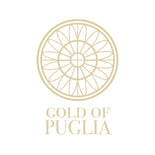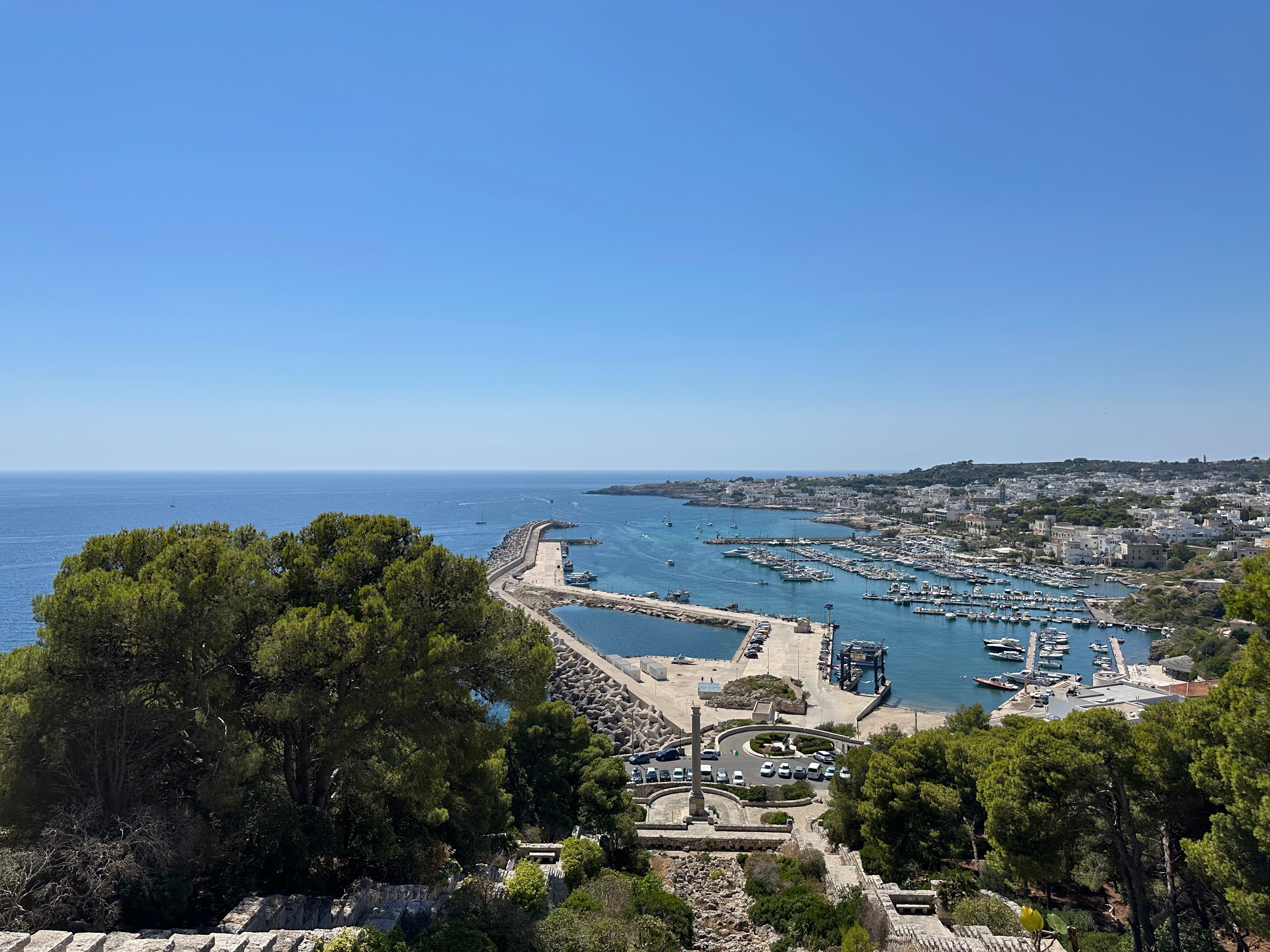Salento is known for Lecce, Gallipoli, and Otranto, but its true soul is often found in the smaller villages scattered across the countryside and along the coast. These towns move at their own pace, away from mass tourism, and offer a glimpse into authentic southern Italian life. From cobbled streets to baroque churches, underground olive mills, and artisan workshops, Salento’s villages are places where time seems to stand still.
Santa Maria di Leuca – Where Two Seas Meet
At the very tip of the heel of Italy lies Santa Maria di Leuca, the dramatic meeting point of the Adriatic and Ionian seas. A lighthouse towers over the town, while a long seafront promenade, rocky coves, and elegant 19th-century villas give it a distinctive charm. Leuca feels like the “end of the road” in the best possible way – a place of wide horizons, sunsets over the sea, and quiet beauty.
Specchia – Timeless Beauty
Perched on a hilltop, Specchia is officially listed among “I Borghi più belli d’Italia” (the most beautiful villages of Italy). Its stone streets, quiet piazzas, and panoramic views make it one of the most enchanting villages in Salento.
Presicce – The Underground Olive Mills
Known as the “city of oil,” Presicce hides a network of underground olive presses beneath its historic center. Elegant palaces and churches add charm above ground, making it both cultural and historic.
Galatina – Birthplace of the Pasticciotto
Galatina is famous not only for its baroque architecture but also as the birthplace of the pasticciotto, Salento’s iconic pastry. The Basilica di Santa Caterina d’Alessandria, with its medieval frescoes, is one of southern Italy’s artistic treasures.
Grottaglie – The Ceramics Capital
Grottaglie is the beating heart of Salento’s ceramic tradition. Its “ceramics district” is filled with workshops and studios where artisans still shape and paint by hand. A visit to Enza Fasano’s boutique is a must for design lovers – and yes, they ship worldwide.
Santa Cesarea & Castro – Seaside Villages
Along the Adriatic coast, Santa Cesarea is known for its Moorish-style villas and thermal waters, while Castro charms visitors with its ancient port, narrow streets, and sea caves. Both offer stunning views and a slower rhythm compared to the bigger coastal towns.
Everyday Life in the Villages
What makes these villages truly special is their rhythm. Shops close in the afternoon for siesta, evenings come alive with the passeggiata as locals stroll through the piazza, and time is marked not by schedules but by community. Here, you don’t just visit – you live like a local, even if only for a day.
Exploring Salento’s villages means stepping off the beaten path and experiencing authentic Italy: raw, welcoming, and deeply connected to tradition.





